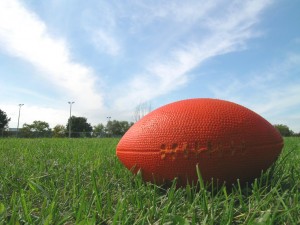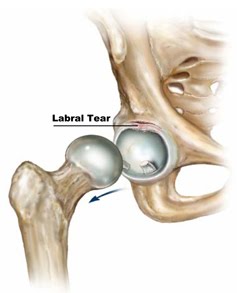On Sunday, September 29, seattlepi.com reported that Seahawks defensive end Michael Bennett, who has been a big story this season as Seattle’s sack leader, was taken off the field Sunday on a stretcher after he was injured on a play against the Texans in Houston. The article reported, “Late in the second quarter, Bennett was rushing Texans quarterback Matt Schaub when he was pushed from behind by a Houston defender into Schaub’s leg. Bennett’s head appeared to snap back, and his helmet flew off as he hit the ground. Bennett laid face-down on the turf for several minutes as trainers tended to him.”
According to the news article, “Bennett suffered a strained muscle in his back that was close to his vertebrae. The location of the injury was why medical personnel were extra-careful and carted Bennett off the field on a stretcher.” Head coach, Pete Carroll said that he was “fine” and a tweet was sent out the next day stating that Bennet was practicing and that he may be able to play in their upcoming game against Indianapolis.
Treatment of a lumbar muscle strain is important to understand. Once you know the cause of your symptoms, you can proceed with treatment. It is important that if you are not sure of the cause of low back pain, that you are evaluated by a physician. According to Dr. Charlie Peterson, “Back injuries can be painful, frustrating and even scary, but are also common. As such, the vast majority can be managed with a few simple techniques. However, if you have unusual symptoms or your pain persists, it’s time to seek advice from a specialist.”
If you are experiencing pain in your lower back or it has been injured as a result of physical activity, below is a list to help you treat your injury:
Step 1: Rest
The first step in the treatment of a lumbar muscle strain is to rest the back. This will allow the inflammation to subside and control the symptoms of muscle spasm. Bed rest should begin soon after injury, but should not continue beyond about 48 hours. While it is important to rest the injured muscles, it is just as important to not allow the muscle to become weak and stiff. Once the acute inflammation has subsided, some simple stretches and exercises should begin.
Step 2: Medications
Two groups of medications are especially helpful in treating the acute symptoms of a lumbar back strain. The first of these are anti-inflammatory medications. These medications help control the inflammation caused by the injury, and also help to reduce pain. There are many anti-inflammatory options, talk to your doctor about what medication is appropriate for you.
The second group of medications commonly prescribed for the treatment of lumbar strains is muscle relaxing medications. Again, there are several options that you may discuss with your doctor. These medications are often sedating, so they need to be used with care. For patients who have back spasm symptoms, these muscle relaxing mediations can be a very useful aspect of treatment.
Step 3: Physical Therapy/Exercises
Proper conditioning is important to both avoid this type of problem and recover from this injury. By stretching and strengthening the back muscles, you will help control the inflammation and better condition the lumbar back muscles. The exercises should not be painful. Without some simple exercises, the low back muscles can become “deconditioned,” or weak. When the low back muscles are “deconditioned”, it is very difficult to fully recover from low back injuries.
It is also important to understand that even if you are “in good shape,” you may have weak low back muscles. When you have a low back muscle injury, you should perform specific exercises that stretch and strengthen the muscles of the low back, hips and abdomen. These exercises are relatively simple, do not require special equipment, and can be performed at home.
Step 4: Further Evaluation
If your symptoms continue to persist despite treatment, it is appropriate to return to your doctor for further evaluation. Other causes of back pain should be considered, and perhaps x-rays or other studies (MRI, CT scan, bone scan, laboratory studies) may be needed to make an accurate diagnosis.
If you believe you are suffering from a back injury and need specialized orthopedic care, Orthopedic Specialists of Seattle has excellent treatment options available for you.



